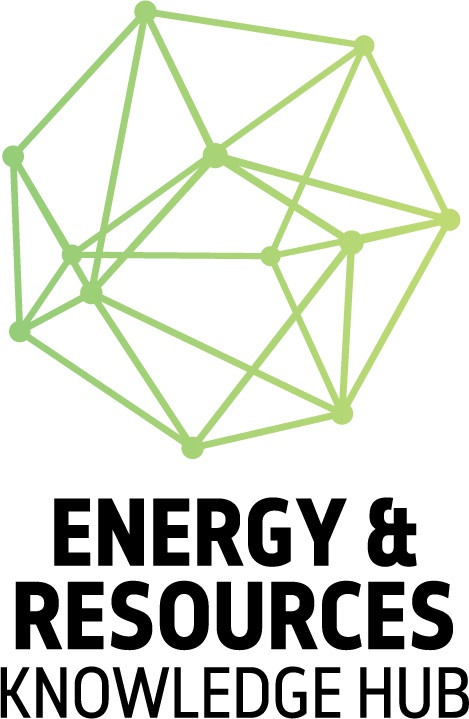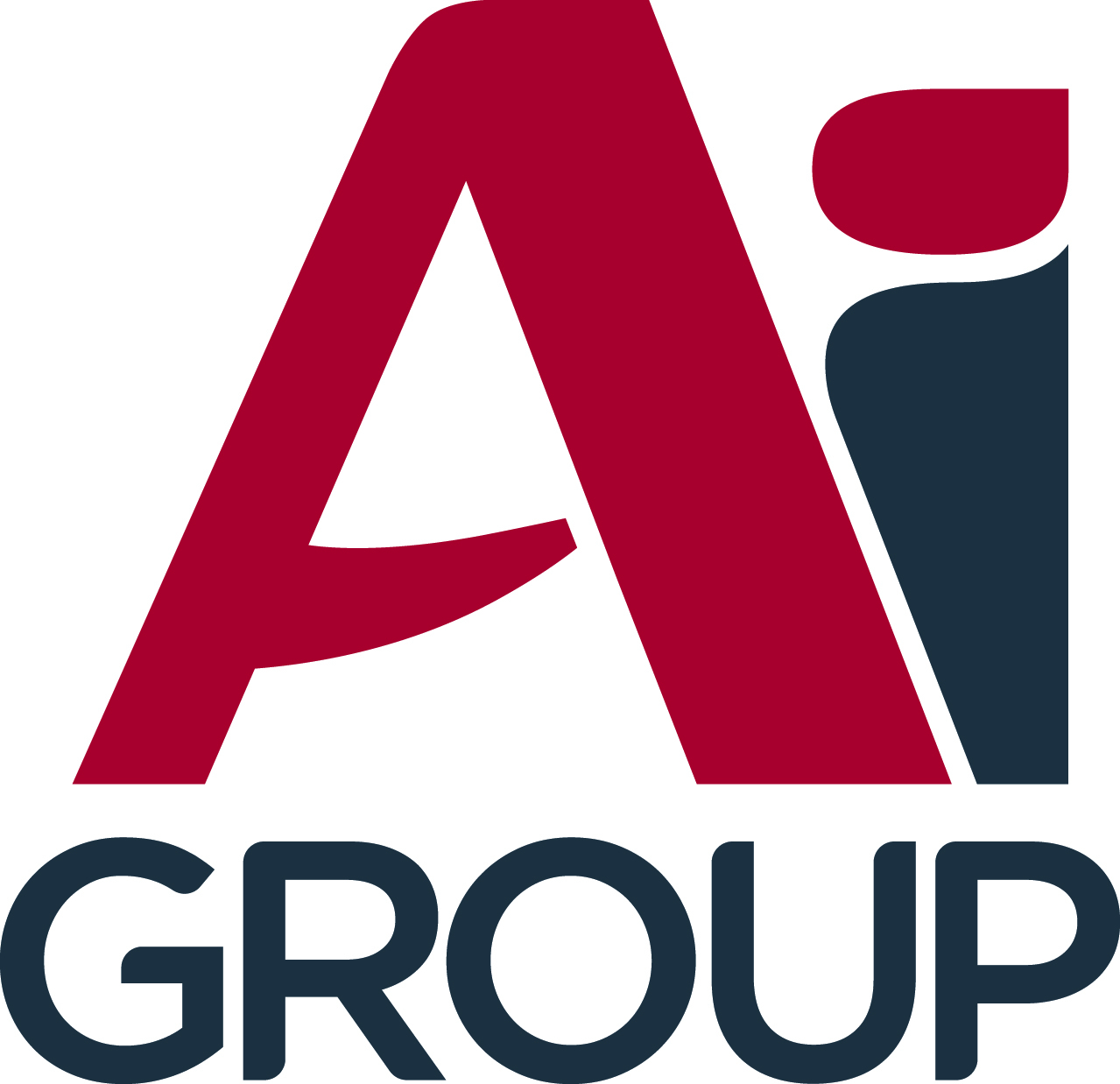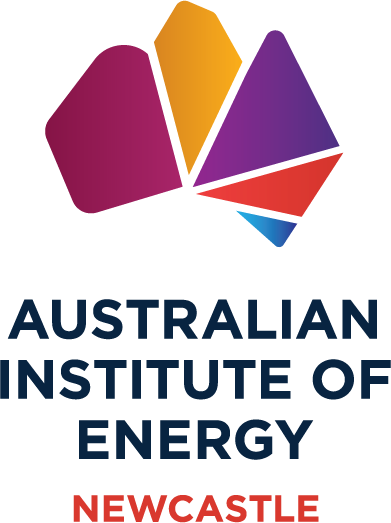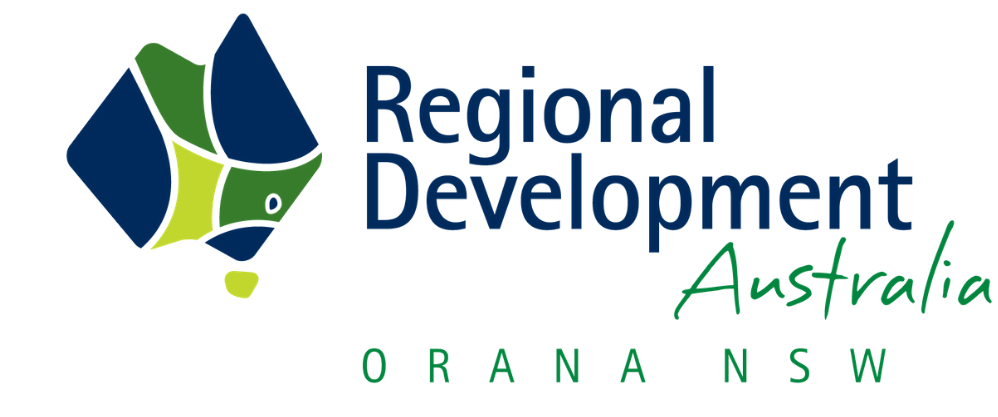CEFC backs Siltrax to advance silicon-based hydrogen fuel cell technology
Siltrax, an Australian startup, has secured US$7 million in backing from the Clean Energy Finance Corporation (CEFC) to develop a new type of hydrogen fuel cell technology.
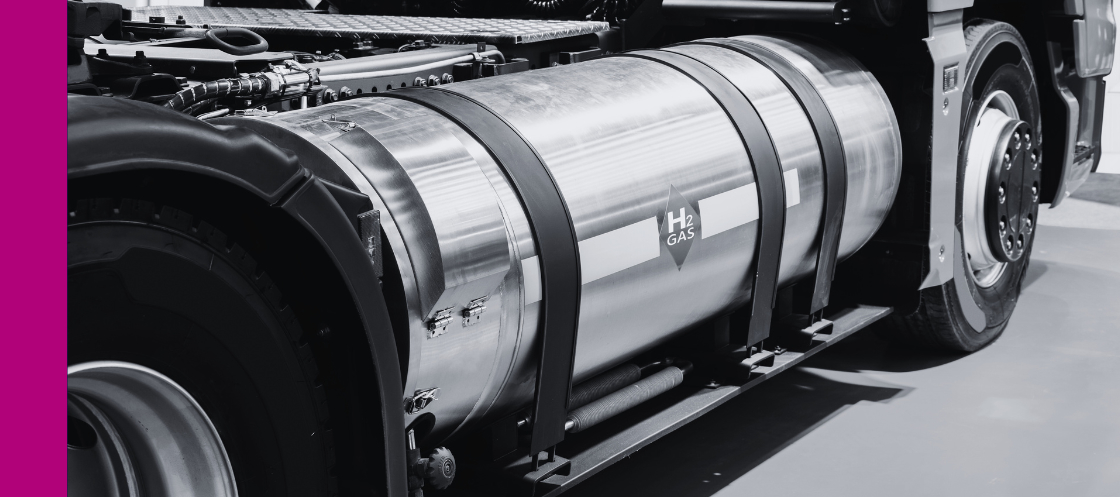
The US$7million Clean Energy Finance Corporation (CEFC) funding aims to support Siltrax’s silicon-based fuel cell stacks, designed to power heavy-duty and materials-handling vehicles, as part of Australia’s ongoing efforts to reduce emissions and grow the hydrogen industry.
The CEFC, a specialist investor focused on Australia’s transition to net zero emissions by 2050, is managing the investment through Virescent Ventures, a climate tech venture capital manager. The CEFC’s resources, drawn from a $30 billion allocation by the Australian Government, are used to invest across renewable energy, energy efficiency, and low-emissions technologies. Its portfolio includes funds dedicated to advancing hydrogen, household energy upgrades, and new energy technologies.
“Transitioning to a low emissions economy requires a range of technologies and that’s why the CEFC backs Australia’s climate tech pioneers," said CEFC Chief Asset Management Officer, Sara Leong.
"Advancing hydrogen fuel cell technology is a critical enabler that will help us develop the hydrogen value chain, as well as accelerate development of Australia’s hydrogen industry.”
Siltrax’s fuel cells use bipolar plates made from silicon, a material known for its durability under high pressure, temperature, and acidic environments, making it a more efficient and cost-effective alternative to traditional graphite or metal. The use of silicon enables the company to benefit from existing photovoltaic (PV) supply chains and production techniques, reducing both manufacturing complexity and costs.
The key benefit of this silicon-based approach is its potential to create lighter, more efficient fuel cells with higher power density and corrosion resistance, particularly suited for the heavy-duty transport sector. These fuel cells convert hydrogen into electricity without combustion, producing only water and heat as byproducts, and emitting no carbon dioxide.
Initially, Siltrax will focus on stationary power generation, providing a cleaner alternative to traditional energy production methods. However, the technology’s long-term potential extends to sectors such as long-haul trucking, forklifts, and aerospace, where battery technology often struggles to meet the energy demands of high-duty cycles and space constraints.
The investment will allow Siltrax to expand its Australian research and development team, focusing on fuel cell system engineering and commercialisation. The company’s founders, solar entrepreneur Dr. Zhengrong Shi and semiconductor expert Dr. Jim Zhu, are leveraging their backgrounds in silicon-based material research to drive this technology forward. Dr. Shi, who founded Suntech Power, brings his experience in scaling solar technology to this project, with an aim to replicate the success seen in the PV industry, where costs have dramatically dropped over the last two decades.
According to Virescent Ventures’ Managing Partner, Ben Gust, using silicon instead of metal for fuel cells offers several advantages, including corrosion resistance, reduced weight, and the ability to utilise manufacturing techniques honed by the solar industry. These advances could also help reduce emissions in sectors that are difficult to decarbonise with current technologies.
The CEFC’s support for Siltrax aligns with findings from its Australian Hydrogen Market Study, which suggests that green hydrogen will play a critical role in decarbonising heavy transport. Hydrogen-powered trucks, for example, are projected to become cheaper than diesel-powered alternatives in the long run as infrastructure and technology advance.
Siltrax is also working on hydrogen electrolysers based on the same silicon-based technology, adding further potential for innovation in Australia’s emerging hydrogen sector.
As the transport sector accounts for around 22 per cent of Australia’s national emissions and is on the rise, investments in hydrogen fuel cells like those developed by Siltrax could provide a valuable solution to reducing the country’s carbon footprint in heavy haul transport and other emission-intensive industries.





